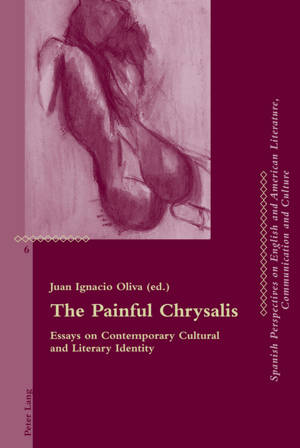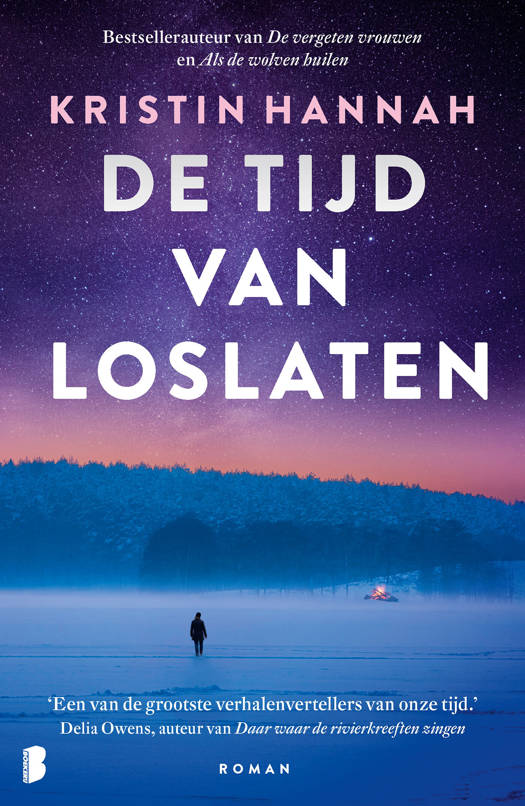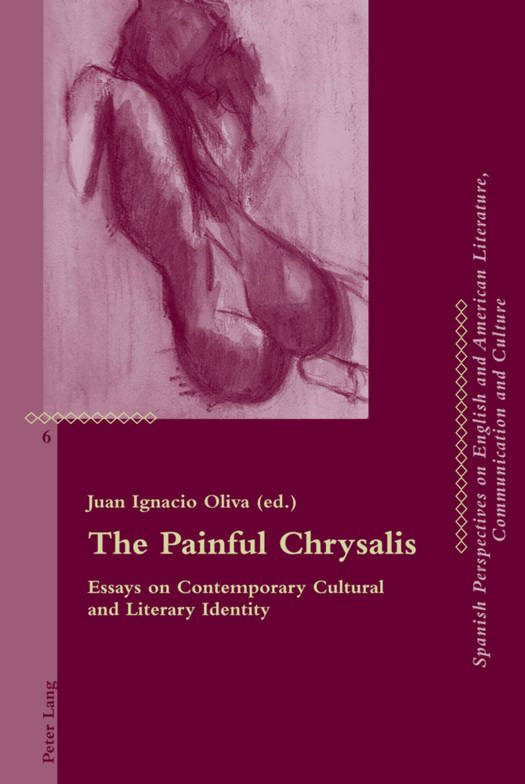
- Afhalen na 1 uur in een winkel met voorraad
- Gratis thuislevering in België vanaf € 30
- Ruim aanbod met 7 miljoen producten
- Afhalen na 1 uur in een winkel met voorraad
- Gratis thuislevering in België vanaf € 30
- Ruim aanbod met 7 miljoen producten
Zoeken
The Painful Chrysalis
Essays on Contemporary Cultural and Literary Identity
€ 115,95
+ 231 punten
Omschrijving
This collection of 12 essays offers detailed and varied studies of the unique problematic construction of contemporary identities from a literary and cultural perspective. The Painful Chrysalis covers transcendental, relevant and polemic topics like the difficulty of growing up, classist and interracial struggles, narratives of displacement and exile, queering the world, power politics and the individual, troubling poetics of the self, politically contesting documentaries, or boredom and male anorexia. It ranges from British authors of very different origin (such as David Lodge, Radclyffe Hall, Paul Golding, Zadie Smith or Abdulrazak Gurnah) to Canadian and American women writers (such as P.K. Page, Lalitha Gandbhir, Anita Rau Badami, Chitra Bannerji Divakaruni, Denise Levertov, Audre Lorde, Linda Hogan, Janice Mirikitani, or Gloria AnzaldGloria Anzaldúa). The heterodoxy in the critical approaches, together with the diversity of the contents offered, serve to trace an ample mosaic of the urges and drives of artists living in modern multicultural societies and suffering from specific traumatic experiences. Ultimately, their disturbances and fractures help us elucidate the way in which human fragility is transformed into cathartic creativity.
Specificaties
Betrokkenen
- Uitgeverij:
Inhoud
- Aantal bladzijden:
- 276
- Taal:
- Engels
- Reeks:
- Reeksnummer:
- nr. 6
Eigenschappen
- Productcode (EAN):
- 9783034306669
- Verschijningsdatum:
- 26/09/2011
- Uitvoering:
- Paperback
- Formaat:
- Trade paperback (VS)
- Afmetingen:
- 150 mm x 220 mm
- Gewicht:
- 419 g

Alleen bij Standaard Boekhandel
+ 231 punten op je klantenkaart van Standaard Boekhandel
Beoordelingen
We publiceren alleen reviews die voldoen aan de voorwaarden voor reviews. Bekijk onze voorwaarden voor reviews.










